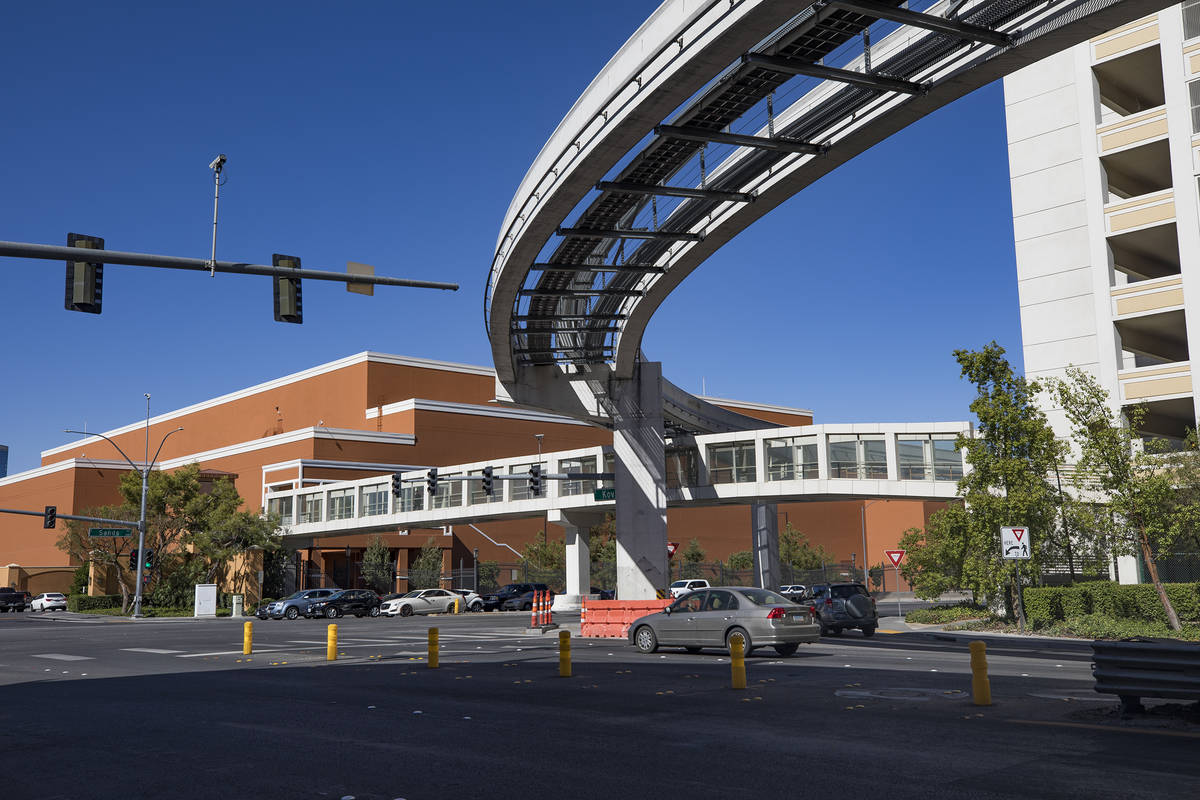- Joined
- Dec 10, 2011
- Messages
- 5,599
- Reaction score
- 2,717
I can see where DC would make the buses free (and the city-sponsored DC Circulators have been actively testing/offering fareless), but unfortunately DC Metrorail is a hybrid RUR (high-income suburbanites making long trips during rush hour) and local transit (low income making short trips). It always did my heart good to see people waiting for Metrorail's 7pm-fare-drop (a big swing for suburban fares) outside the faregates during the evening rush. Giving suburban trips at rush hour away free seems like a terrible sprawl-producing idea (for trans-jurisdictional systems). For LA and NYCTA, though, "free within city limits" seems like a great idea, and It seems to me that doing so on MBTA rapid (but not CR/RUR) would be good too.




